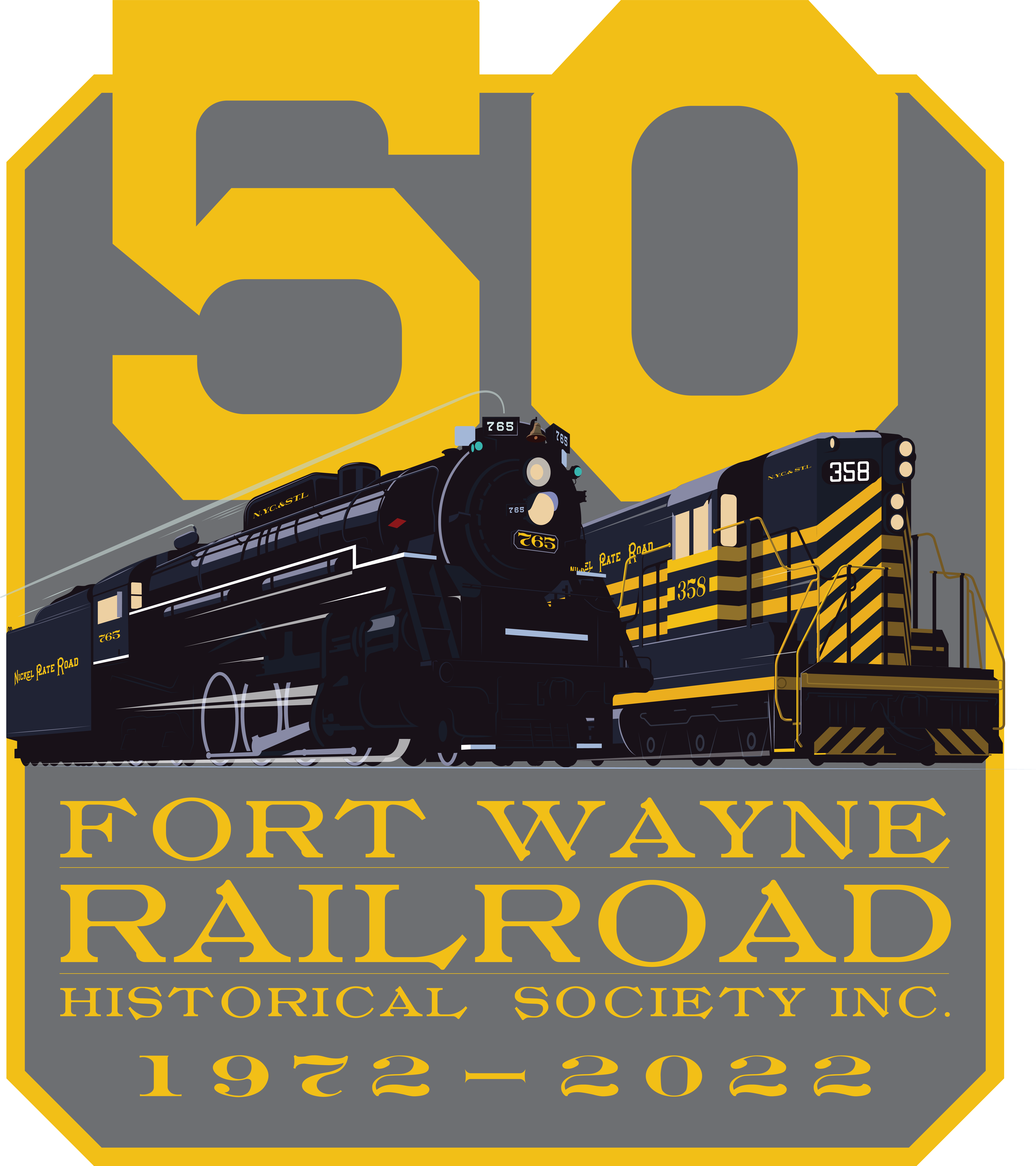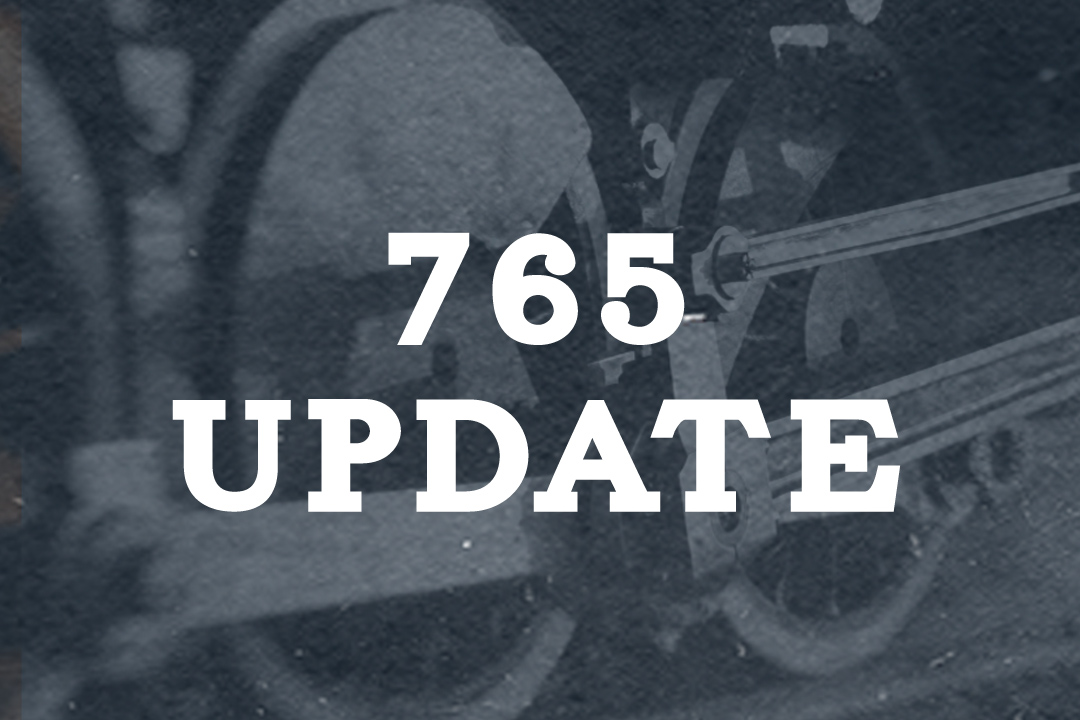Submitted by Steve Winicker
LAST WEEKENDS SHOP ACTIVITY
Monday and Tuesday, I spent time contemplating the Wabash Caboose and looking for missing nuts and bolts as well as drilling some holes and jamming a bit that took some time to free. Wednesday Sarah joined me and worked on needle gunning rust from the inside of the tender. It sounds like Tim might have spent some quality needle gun time on Friday as did Matt Lee on Saturday morning. We had a meeting on Saturday afternoon, so Matt spent his time on welding up some parts for #1.
UPCOMING ACTIVITIES
I will see how the coming week pans out. I intend to do some investigative work on what is needed in the tender, I should have some bolts for the Wabash Caboose sometime during the week and may work on that as well. Hopefully some midweek help will arrive and we can get back to needle gunning and removing rust. I may be absent on Thursday to take some time to thin a plantation of trees but should be back for the weekend where rust removal will be the primary activity. Hope to see you there – you do not want to be left in the rust.
SAFETY SENSE
Forklifts are excellent labor-saving devices. They save time and reduce the likelihood of injury associated with manual material handling activities. However, forklifts can become very dangerous if operated by a reckless or untrained operator. All operators should receive safety training prior to being allowed to operate a forklift.
Forklift accidents tend to be very serious, involving both personal injury and damage to property. These accidents can be avoided if operators use some common sense and follow safe operating procedures. Do not operate a forklift until you have been properly trained and authorized to do so.
Here are a few common safety rules to follow during forklift operation:
Use the seat belt. It will keep you secured in the seat in the unplanned event of a tip over.
A parked forklift should have the forks flat on the floor with the controls set to neutral and with the parking brake set.
A forklift is “unattended” if the operator is more than 25 feet away or if the forklift is out of the direct vision of the operator. Unattended forklifts should be parked with the engine turned off.
When operating the forklift on inclines, the load should always be on the uphill side of the incline. Drive forward going up the incline. Drive backward going down the incline.
When traveling without a load on the forks, keep the forks approximately four to six inches off the floor.
Never allow anyone to walk underneath a raised load.
Stop at all blind corners to check for other traffic in the area including pedestrians. Honk your horn and look before you proceed.
If carrying a tall load that blocks your forward vision, drive in reverse and turn your head so you can see where you are going.
If operating around another forklift, maintain a three-forklift length distance between forklifts and never attempt passing.
Never drive a forklift up to the back of a person who is unaware that the forklift is behind them.
SAFETY IS JOB 1
SAFETY FIRST ALWAYS


